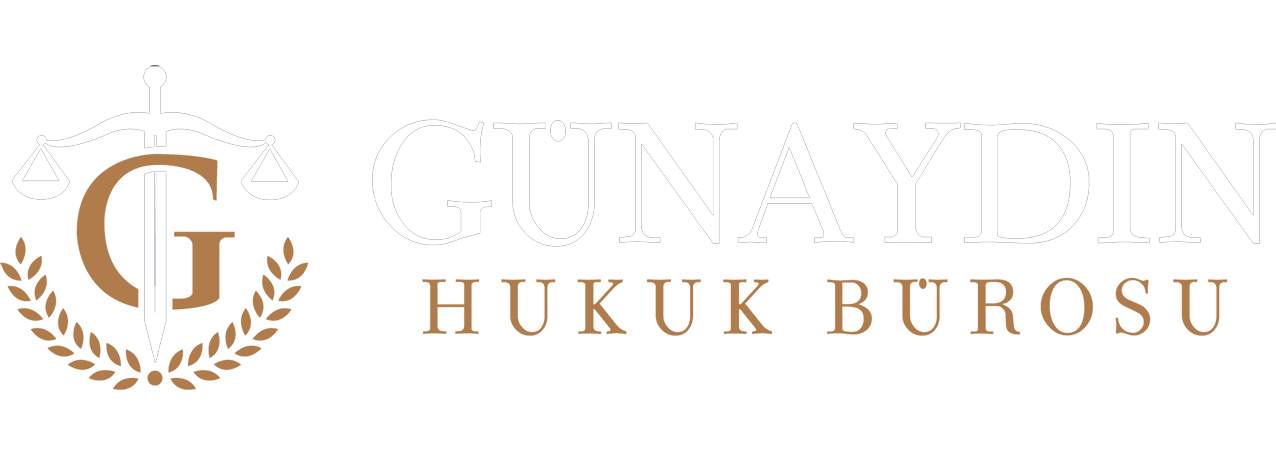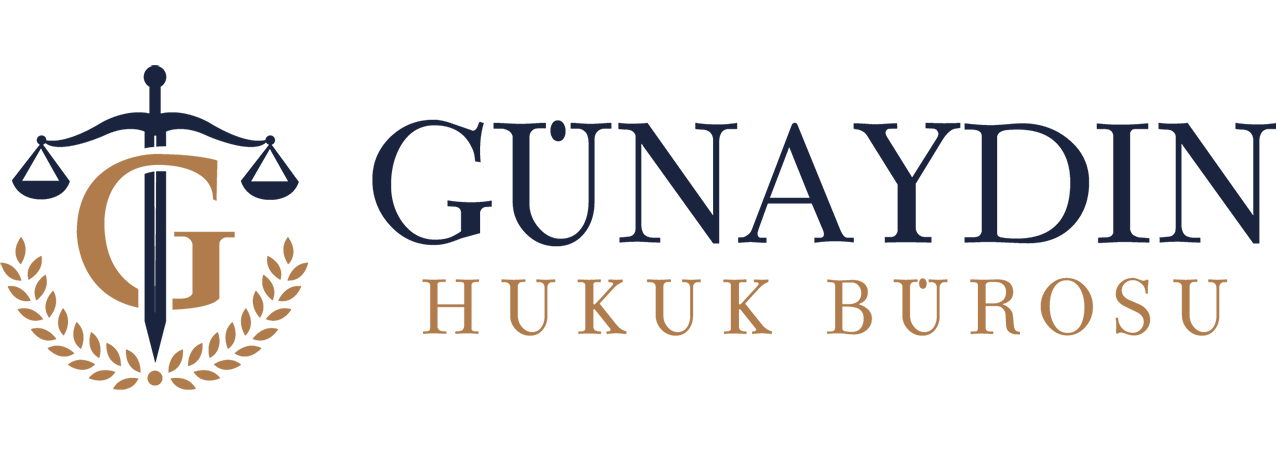Two Offences at the Top of Criminal Statistics
Judicial statistics published by the Ministry of Justice reveal a constant fact every year: In Turkey, intentional injury and theft are the most common offences that are most frequently referred to the Chief Public Prosecutor’s Office and most frequently seen in courts. These two types of offences, which can be encountered in all areas of social life, target the physical integrity of individuals on the one hand and their property rights on the other. In this article, we will comparatively examine the legal elements of these two basic offences, which constitute a significant part of the workload of the judicial system, their qualified forms and their characteristics in the judicial process.
Offence of Intentional Injury (TCK 86)
Article 86/1 of the TPC defines the offence as “a person who intentionally inflicts pain on the body of another person or causes impairment of health or perceptual ability”. The basic element of this offence is the intention of the perpetrator, i.e. knowingly and willingly harming the body of another person.
- Injury that can be remedied by Simple Medical Intervention (BTM): If the injury caused as a result of the act is of a nature that can be eliminated by a simple medical intervention (for example, a slight abrasion, bruise), the investigation and prosecution of the offence depends on the complaint of the victim. The penalty is imprisonment from four months to one year. This type of offence is subject to reconciliation within the scope of the Criminal Procedure Code.
- Injury that cannot be remedied by BTM: If the injury is more serious (e.g. bone fracture, cut requiring stitches), the offence is not subject to complaint and is investigated ex officio. The penalty is imprisonment from one to three years.
Qualified Conditions (Conditions Increasing the Penalty – TPC 86/3): The law stipulates that the penalty for the offence of wounding is increased in some cases. These include
- Committed against a superior, subordinate, spouse or sibling,
- Committed against a person who is physically or mentally incapable of defending himself/herself,
- Committed by abusing the influence of a public official,
- Committed with a weapon. In these cases, the penalty is increased by half.
Aggravated Injury (TCK 87): If the act of injury has resulted in more severe consequences for the victim, the penalty is increased accordingly. For example:
- Persistent weakening of the function of one of the senses or organs,
- Permanent scarring on the face,
- Causing a life-threatening situation,
- Committed against a pregnant woman and causing the miscarriage of her child. In these cases, the penalty is increased by one or two times the basic penalty. If the act of wounding results in the death of the victim (without intent to kill), the penalty is imprisonment from eight to twelve years.
Theft Offence (TCK 141-142)
TCK 141 defines simple theft as “a person who takes a movable property belonging to another person without the consent of the possessor from the place where it is located in order to benefit himself or someone else”.
- Subject of the Offence A movable property belonging to another person.
- Basic Element: “Taking from where it is located”. The property must be removed from the dominion of the possessor (the one who has it at that moment).
- Penalty: Imprisonment from one to three years.
Qualified Theft (Conditions Aggravating the Penalty – TCK 142): These are the cases where the punishment is aggravated due to reasons such as the manner, place or time of committing the theft offence. Most of the theft incidents reflected in the media fall within this scope:
- Concerning the Goods Taken Under Custody in Buildings or Annexes: Theft committed from closed places such as residences and workplaces.
- Regarding the Goods Taken Under Safekeeping by Locking: Theft from a car or safe with a locked door.
- By Unlocking the Lock with an Unlawfully Possessed or Counterfeit Key or Other Device: Theft committed by using tools such as lock picks, crowbars, etc.
- Through the Use of Information Systems: Such as theft of money from internet banking accounts.
- Committed at Night: Committing the offence at night time requires the penalty to be increased by half. The penalty for the offence of qualified theft varies from three to seven years imprisonment or from five to ten years imprisonment, depending on the way it was committed.
Reconciliation and Effective Repentance Institutions
- Conciliation Simple intentional injury (subject to complaint) and simple theft offences are within the scope of conciliation in accordance with the Criminal Procedure Code. This means that the file is sent to a conciliator and the parties (perpetrator and victim) try to reach an agreement. If an agreement is reached, no public prosecution is opened against the perpetrator or the public prosecution is dropped. Qualified theft and injury offences that cannot be resolved by BTM are not within the scope of reconciliation.
- Effective Repentance (TCK 168): In crimes committed against property such as theft, it is an institution that provides a reduction in the penalty if the perpetrator shows remorse after committing the crime and compensates the victim’s damage.
- If the damage is repaired during the investigation phase (before a lawsuit is filed), up to two-thirds of the penalty is reduced.
- If he/she compensates the damage during the prosecution phase (after the case is filed, before the judgement is given), up to half of the sentence is reduced. Effective remorse does not apply to the offence of intentional injury.
Intentional injury and theft are offences that directly violate social peace and the fundamental rights of individuals and create a great burden on the judicial system. The legal system divides these offences into simple and qualified offences and provides different sanctions according to the gravity of the act. Institutions such as reconciliation and effective remorse, especially in less serious offences, serve to establish justice with a restorative approach and to compensate the victim. However, the effective application of deterrent penalties, especially in qualified cases, is indispensable for the protection of public order.

